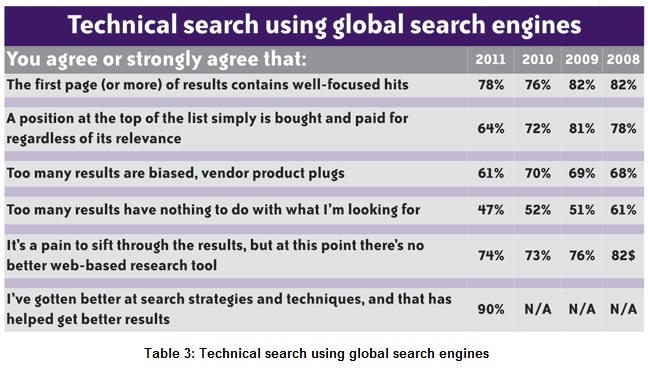At 9:14AM on September 6, 2012, AutomationDirect released the new Do-more PLC. Many customers already knew that Host Engineering, the developer of the Do-more PLC, had been working on this next-generation CPU for several years. Here are some observations from a personal perspective.
What is Do-more?
If you have ever used a DirectLOGIC PLC, you probably know Host Engineering – they developed the programming software DirectSOFT, and also specialty modules such as the Ethernet communication modules and the high-speed I/O modules. DirectSOFT was the first Windowsbased programming software for PLCs, and has served its purpose well over many years. However, the engineers at Host had a dream – to develop a completely new control engine that could take advantage of current technology. The Do-more PLC is their accomplishment.
We named it “Do-more”
To tell the truth, it was not an easy job for us to come up with a name. The naming process was fun in the beginning, and we came up with more than 100 possible names. However, it eventually became a daunting job – some people like a name, and of course, others don’t. In the end, we came up with this simple name that conveys a message. “Do-more” is what you can expect with this new PLC.
Do-more Designer
I have been using the programming software Do-more Designer daily during the development and through the release. And as the DirectLOGIC product manager, I also use DirectSOFT almost daily. I have to admit I feel more comfortable using Do-more Designer. This is because of features that help the processes of creating, editing and troubleshooting the ladder program, such as the Project Browser and the Trend View. The software Help file covers all the information you need to write your program. I refer to the Do-more PLC user manual only when I need to set up the jumper switches in the analog I/O modules or wire the H2-CTRIO(2) modules. If you spend some time with Do-more Designer, you’ll see what I mean.
Do-more Instruction Set
 The Do-more instruction set was newly designed for the Do-more PLC. We understand it can often be time consuming and painful to learn a new instruction set. We could have just added some new functions to the DirectLOGIC instruction set to extend its capability, but that would ultimately have been limiting. Do-more has 172 instructions, many of which can replace dozens of lines of
The Do-more instruction set was newly designed for the Do-more PLC. We understand it can often be time consuming and painful to learn a new instruction set. We could have just added some new functions to the DirectLOGIC instruction set to extend its capability, but that would ultimately have been limiting. Do-more has 172 instructions, many of which can replace dozens of lines of
DirectLOGIC code for a similar task. I use the Instruction Palette to find what I need. (Figure 1)
Spend less, Do-more
Have you watched the overview video of the Do-more PLC?
(The link is available at: www.do-moreplcs.com.) Because the Do-more PLC has more features and better performance in comparison to the current DL205 CPUs, we could have positioned it as such price-wise. However, the engineers at Host Engineering had low cost as a design goal, and as a result, AutomationDirect can offer the modules at very attractive prices.
Future of Do-more PLC
The reason Host Engineering chose the DL205 hardware as the platform for the first Do-more PLC is because it was faster to release by using readily available and time-tested I/O and base units. However, we know that using the existing DirectLOGIC hardware limits the performance of the Do-more PLC for the future; we are developing ideas to create new hardware platforms that will maximize performance that the Do-more PLC can provide.
Conclusion
You don’t need to replace your existing DL205 PLC system with this Do-more PLC. We will keep selling the DL205 PLC as long as we can; after all, we are still selling the DL305 PLC after almost 30 years on the market. What we hope is that you will try the Do-more PLC for applications that you have never been able to do with our other PLC products because of missing features and/ or performance. With this new PLC, you will find you can Do-more.
By Sammy Natsui
PLC Product Manger,
AutomationDirect
Originally Posted: Dec. 12, 2012

